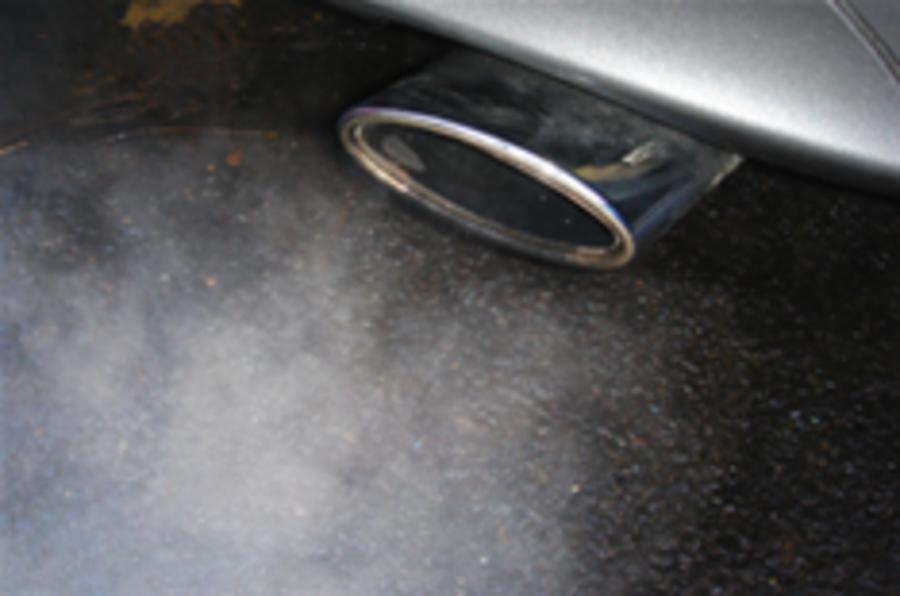A research team at Brunel University that is developing a hybrid engine that runs partly on air has claimed a major breakthrough.
The team at Brunel’s Institute of Engineering and Design has been working on a system that uses the pistons in a conventional combustion engine to compress air during engine braking.
The compressed air is then stored and used to provide a brief extra boost of (zero-emission) power that, in a turbocharged application, would work to counter turbo lag.
While the theory behind the air hybrid is not new, where the Brunel team has made a step forward is in devising a method that requires very little alteration to existing engine or transmission architecture.
This means that what had previously been a prohibitively expensive technique is now potentially a cheaper and more practical method of providing hybrid propulsion than conventional petrol-electric hybrids.
A spokesman for the research team said: “Transforming an existing combustion engine in an electric hybrid is very expensive. It requires a complete redesign of the transmission system. It is heavier because it uses extra batteries, more space is required to house these batteries and they have a limited life-cycle.”
The team said that an air hybrid, on the other hand, was a “simple and cost-effective solution [that] needs no transmission alteration or engine redesign.”





Add your comment